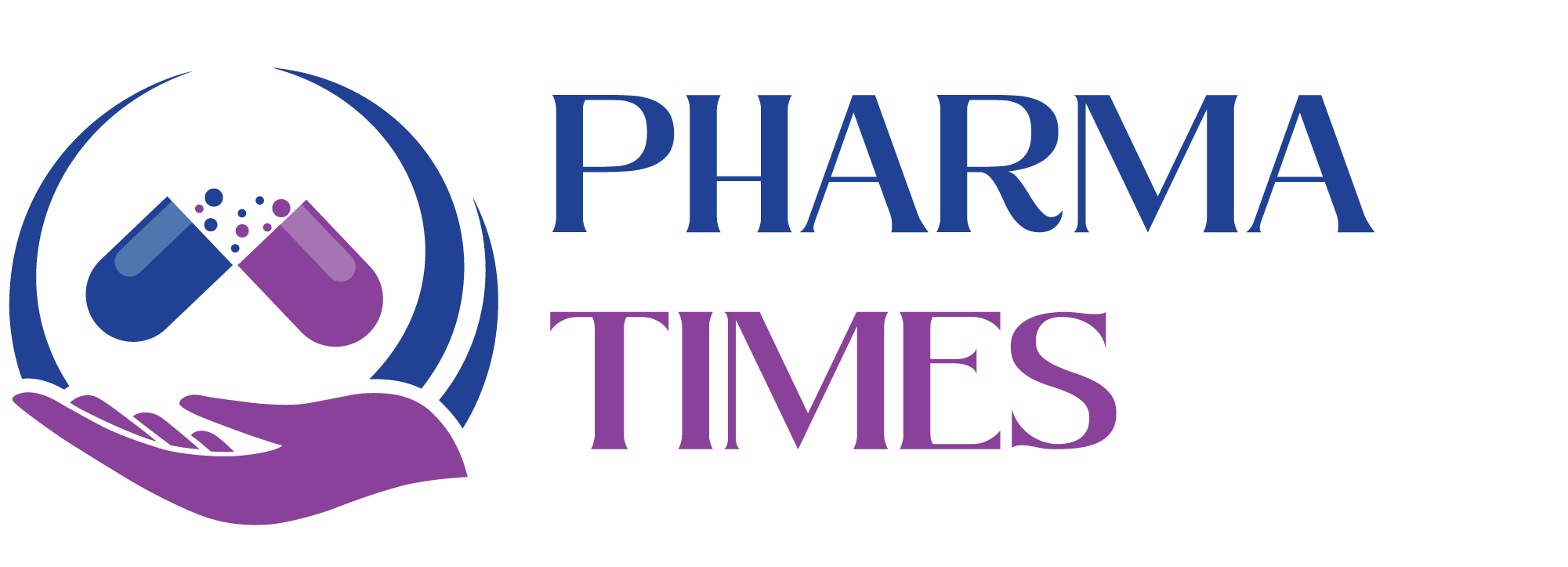What is “Cold Welding and Fusion Bonding in Tablet Compression:
Cold Welding and Fusion Bonding in Tablet Compression: Key Concepts for Pharmaceutical Manufacturing
In pharmaceutical manufacturing, tablet compression is a critical process where powdered materials are compressed into solid tablets. Two important mechanisms involved in this process are cold welding and fusion bonding, which play a significant role in the final quality and strength of the tablet.
What is Cold Welding in Tablet Compression?
Cold welding happens when particles bond together under pressure at room temperature, without the need for heat. During tablet compression, when powders are pressed into shape, the particles come into close contact. The pressure causes the surface atoms of these particles to move and bond together. This creates a strong connection between the particles, enhancing the tablet’s integrity.
Cold welding is most common with ductile materials like microcrystalline cellulose (MCC), an excipient commonly used in tablets. These materials deform under pressure, increasing the surface area for bonding and improving the tablet’s strength.
What is Fusion Bonding in Tablet Compression?
Fusion bonding involves the bonding of particles when they soften or melt due to pressure, heat, or moisture. In tablet compression, fusion bonding can happen in several ways:
- Thermoplastic materials in the tablet may soften under pressure and fuse together.
- The compression process may generate heat from friction, causing particle surfaces to soften and bond.
- Moisture can act as a binder, softening particles and helping them stick together during compression.
This type of bonding is especially useful for improving tablet cohesion and ensuring the tablet doesn’t break apart during handling.
Why Cold Welding and Fusion Bonding Matter
Both cold welding and fusion bonding are essential for making sure tablets are strong, durable, and able to hold together throughout production, packaging, and use. By understanding these processes, manufacturers can improve the hardness, friability, and overall quality of their tablets, ensuring they meet the necessary standards for safety and efficacy.
Conclusion
In tablet compression, the combined effects of cold welding and fusion bonding help to create solid, high-quality tablets. Whether you’re using ductile excipients or thermoplastic materials, these bonding mechanisms are key to producing durable and effective tablets that are ready for the market.

